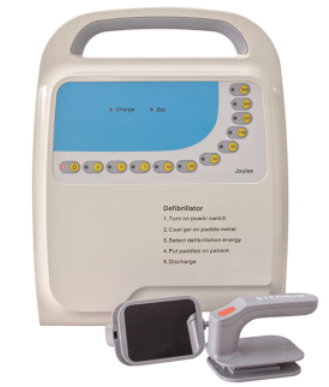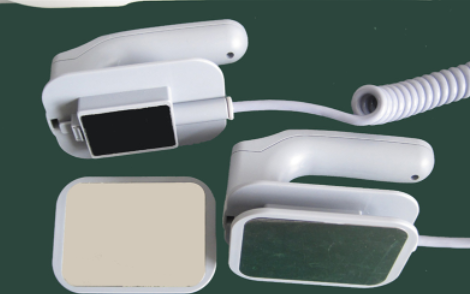Veterinary Defibrillator: How To Do Chest Compressions On Your Dog
Sep. 26, 2022
Veterinary Defibrillator Can Save Your Dog's Life
To stop the effects of opioid exposure before they become fatal, there are three things you'll want to do: give naloxone (a reversal drug), help your dog breathe by giving ventilation, and if his heart stop, give him CPR.
Today, we're teaching you how to perform high-quality compressions if your heart does stop beating.
Before Giving Veterinary Defibrillator for Opioid Exposure
Last week, we covered exactly what happens when your dog ingests opioids. His breathing will slow at first, eventually coming to a full stop. Then, because his breathing stopped, his heart will stop, too.
If there is any chance that your dog was exposed to opioids, you should give him naloxone immediately. But once you've administered the opioid reversal drug, you'll want to help him breathe until it kicks in (it can actually avert a full on cardiac arrest!).
Remember: if there's even a chance that your dog has been exposed to opioids, do NOT perform mouth to snout! The powder can transfer, and it's just as lethal to you. Protect yourself first, and consider wearing personal protective equipment.
Feeling For A Pulse
To find out if your dog's heart has stopped beating, feel for his femoral arterial pulse. You can find it in the groove where the inner thigh meets the groin.
Another option is to feel your dog's chest for his heartbeat. Place your hand over his chest on either side, where his elbow naturally touches his chest.
Important Note: Do not spend more than 10-20 seconds looking for a pulse! If your dog has stopped breathing and you can't feel a pulse or heartbeat, just start compressions.
WMV-500A Veterinary Defibrillator
How To Use Veterinary Defibrillator
First, you'll want to place your dog on a hard surface, like the ground. Then, you'll immediately start giving him compressions over his mid-cranial chest.
CPR: Mid-Cranial Chest Compressions
Place both hands over the chest, closer to the breastbone (sternum) than the backbone (spine).
Start pushing fast, at a rate of 100-120 compressions per minute.
If you have a veterinary defibrillator, prepare to defibrillate the dog.
Use the razor in the veterinary defibrillator to shave spots on his chest, and attach the pediatric patches if they have some. Remember, the veterinary defibrillator will not shock your dog if it does not sense defibrillation.
If a shock is advised, shock your dog.
Following the veterinary defibrillator prompts, begin cardiac compressions for 2 more minutes before checking the rhythm.
You can chest the rhythm using the veterinary defibrillator.
Get to a veterinarian immediately!
Continue giving CPR during transportation to the vet.
We are a veterinary defibrillator supplier. If you are interested in our products, please contact us now!








